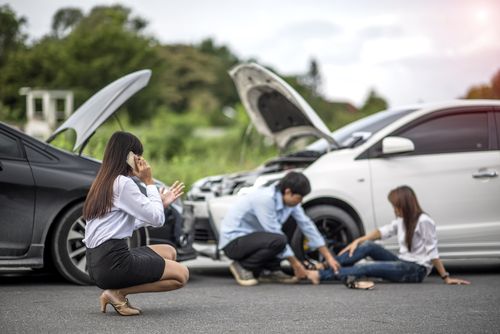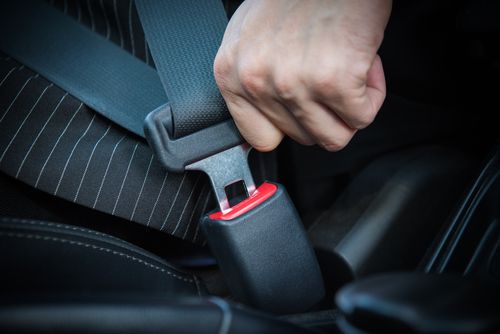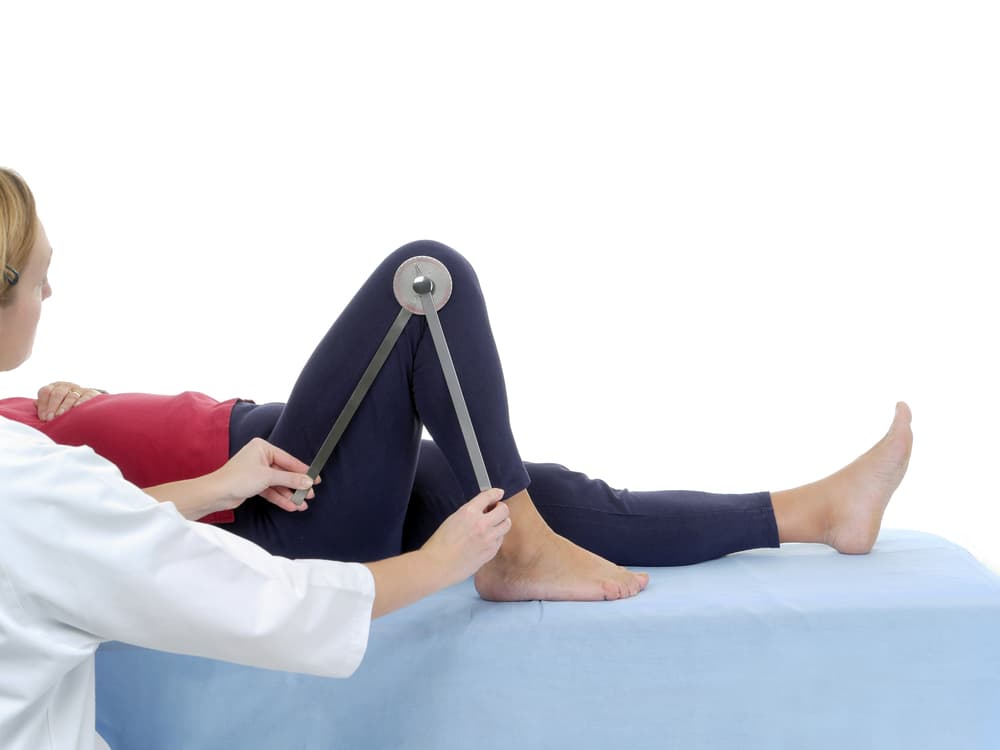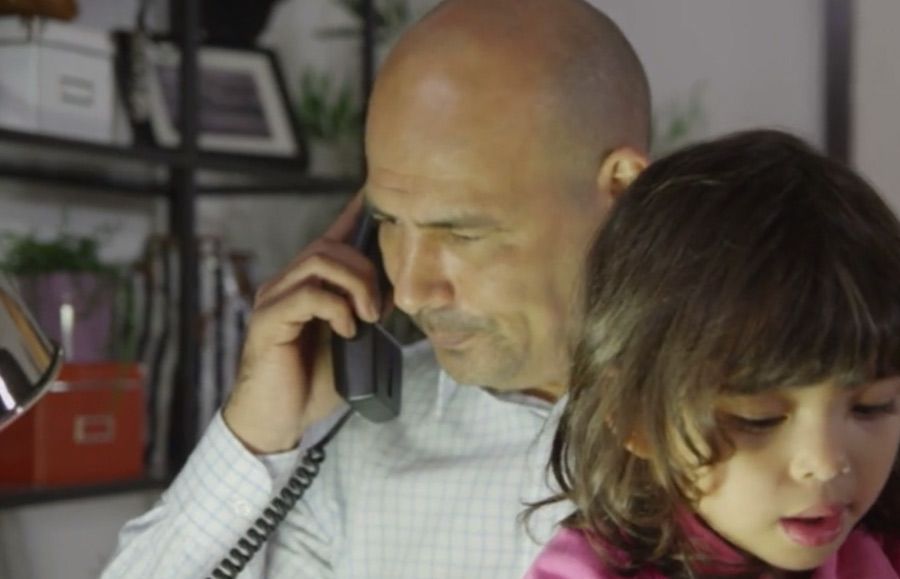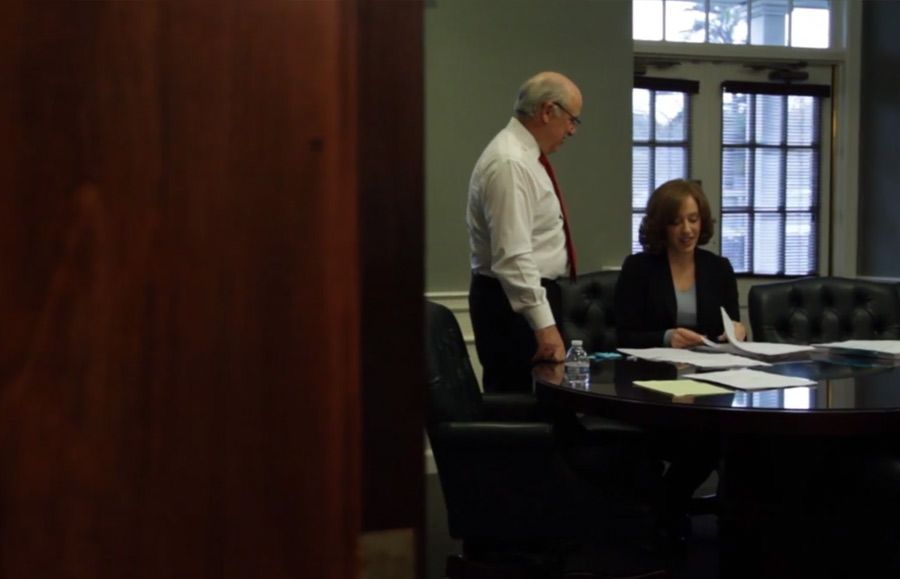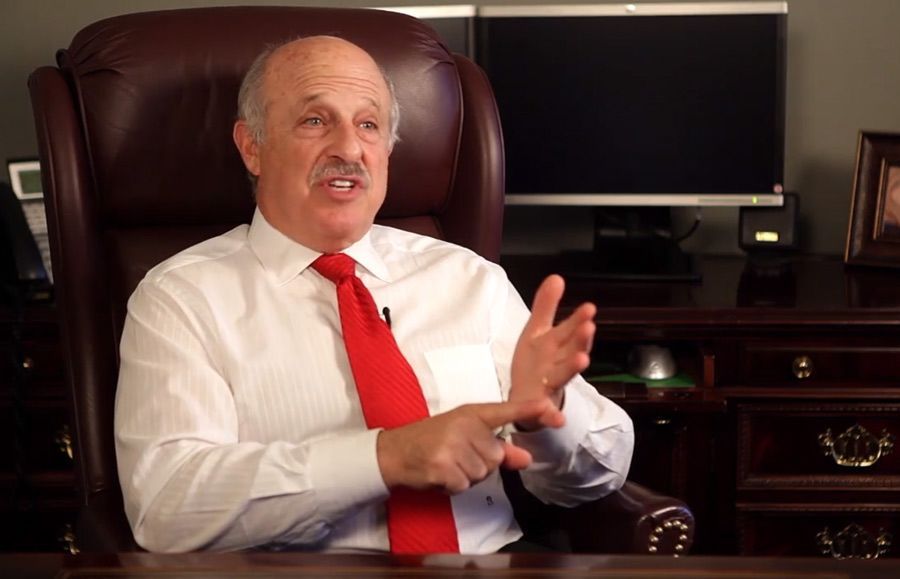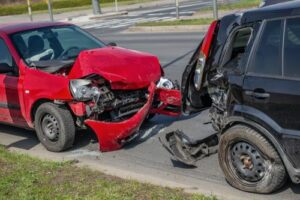
If a driver rear-ended another driver, the presumption is they are at fault for the collision. However, there are circumstances where they are not automatically at fault for the rear-end collision car accident. It may be that the driver who was rear-ended is at fault. A lawyer can help you determine who is at fault by investigating your accident.
Drivers have a duty of care to prevent accidents with drivers in front of them. This means allowing ample space to come to a stop in case a driver ahead suddenly stops. When drivers do not allow adequate room between themselves and others, rear-end accidents are likely to happen, but they can happen for other reasons, too.
For a free legal consultation, call 516-451-7900
Negligence in car accident cases
When lawsuits arise from car accidents, negligence is the central concept that helps determine who is at fault and therefore responsible for the damages. “Negligence” describes a failure to act with reasonable care, and this may apply to a driver who causes a rear-end collision or the driver struck from behind.
If a driver simply isn’t paying close enough attention or is following the driver ahead too closely, then liability for a rear-end collision will likely fall to the driver who hit the other from behind. However, there are a few situations in which the driver in front could absorb fault. Some examples of this could include:
- The driver in front does not have functional brake lights or taillights. If the driver behind cannot reasonably tell that the driver in front is slowing or stopping, this would likely mitigate the rear-ending driver’s liability for the collision.
- The driver in front suddenly reverses or slams on the brakes without a justifiable reason.
- The driver in front slows very suddenly to make a turn but does not complete the turn.
- The driver in front fails to stop after getting a flat tire.
- The driver in front engages in road rage behavior, cutting in front of you and then slamming on the brakes.
In these situations, the innocent party should act quickly to limit his or her level of liability for the resulting damages. This means taking photos of the accident scene, reporting the incident immediately to the police as required, getting eyewitnesses’ contact information, and connecting with a Nassau County car accident attorney to start building a case. State laws will likely come into play as well.
State laws in rear-end collision cases
Some states follow a no-fault rule for car accidents, and anyone injured in an accident must be able to prove significant injuries to pursue a personal injury claim in these states. In fault-based states, the question of negligence determines each driver’s right to claim compensation and level of liability for a rear-end collision.
A few states follow pure contributory negligence laws that prohibit plaintiffs from recovering compensation if they are in any way at fault for their claimed damages. Even if a driver is only 5% or 10% at fault, he or she cannot recover damages in a contributory negligence state. Other states use comparative negligence laws.
New York is a pure comparative negligence state. In a pure comparative negligence state, a plaintiff can recover damages even if he or she is partly at fault for an accident; the plaintiff simply loses a portion of the case award equal to his or her fault.
In a modified comparative negligence state, the same rule applies and a plaintiff loses a portion of the case award equal to his or her fault percentage. However, the plaintiff can only recover damages if the plaintiff’s fault is lower than the defendant’s.
Click to contact our personal injury lawyers today
Determining fault in rear-end collisions
Determining fault for a rear-end collision is usually straightforward, but can be tricky, so anyone injured in a rear-end collision should take appropriate steps to protect their ability to recover compensation.
A Nassau County personal injury lawyer can help an injured driver understand his or her legal options under the state’s laws. A good attorney can also handle correspondence with insurers and other legal matters resulting from a rear-end collision. We will identify the liable party and pursue the compensation you deserve.
Complete a Free Case Evaluation form now
A rear-end collision car accident lawyer can build your case for compensation
A rear-end auto accident can be severe, and we want you to know that you are not alone during this stressful time. You should not have to navigate the claims process by yourself as you have suffered enough by being in a preventable accident.
Legal help can benefit you as one of our lawyers will be familiar with state and local laws and can help you understand your rights.
We are here to handle every aspect of your case so you can focus on what’s most important, which is your health. We will work on the following on your behalf:
- Gathering evidence, such as pictures and videos of your injuries, the vehicles involved, and the scene of the accident
- Filing your claim and negotiating with the insurance adjuster for a reasonable settlement if necessary
- Taking your case to trial if the claims adjuster refuses to agree to a fair payout
- Making in-person appearances in court for you
- Interviewing witnesses, if there were any, to potentially obtain helpful information
- Hiring an accident re-constructionist and/or a medical expert
- Speaking with your doctor to collect your medical records and bills
This is not a complete list of tasks we will take on for you. We will tirelessly protect your rights and keep you updated on the progress of your case.
Deadlines to know in your car accident case
In New York, you generally have three years to file a personal injury lawsuit, according to CPLR §214. If you lost a family member to a rear-end accident, you generally have two years to file a wrongful death lawsuit, according to EPTL §5-4.1.
There are many other circumstances where the time frame may be even shorter and can be as little as 90 days. It is critical you speak to an attorney as soon as possible after your collision.
Damages you may recover in a personal injury lawsuit include pain and suffering, medical expenses, lost wages, diminished earning capacity, and loss of enjoyment of life. In a wrongful death lawsuit, you may recover funeral and burial expenses, loss of your loved one’s financial support, and loss of their companionship and guidance.
Contact us today for a free, no-risk, no-obligation consultation
Do not delay in connecting with one of our dedicated lawyers as we prefer to get started on cases soon after accidents occur. Evidence can disappear quickly and memories of witnesses can fade.
Call today at (631) 451-7900 for your free case evaluation with a team member. We want to hear the details of your case and discuss with you how we can help. We can also assist clients in Spanish if needed.
